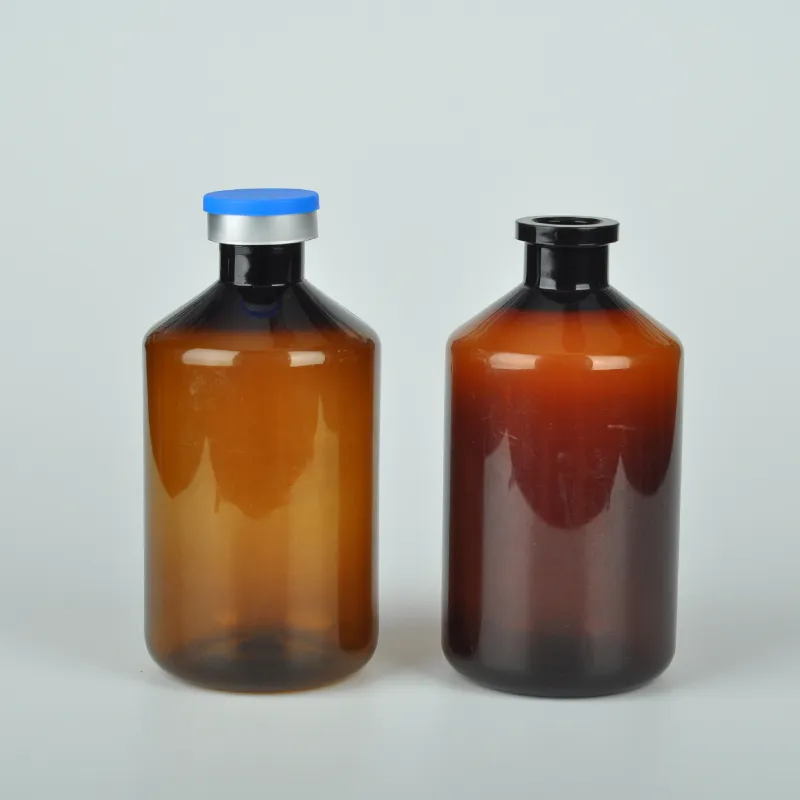petri dish uses in chemistry
Uses of Petri Dishes in Chemistry
Petri dishes, also known as Petri plates, are shallow, circular, and flat containers made of glass or clear plastic, which have revolutionized the way scientists conduct experiments in chemistry and related fields. Originally invented by German bacteriologist Julius Richard Petri in the late 19th century, these simple yet versatile tools find numerous applications in chemistry, microbiology, and even education. Let’s delve into the various uses of Petri dishes in the field of chemistry.
Uses of Petri Dishes in Chemistry
In addition to microbiological applications, Petri dishes also play a significant role in conducting chemical reactions, especially in educational settings. Chemistry students often use Petri dishes for various experiments, such as observing crystal growth, conducting precipitation reactions, or studying diffusion rates. Their transparent nature allows for easy observation of reactions, making them ideal for learning and experimentation. This hands-on approach enhances students' understanding of chemical principles and encourages curiosity about the scientific process.
petri dish uses in chemistry

Another important use of Petri dishes in chemistry is for the preparation and analysis of chemical substances. Researchers often utilize these dishes to manipulate small quantities of compounds during exploratory experiments. By adding reactants in a Petri dish, scientists can observe the outcomes of chemical reactions without the need for elaborate laboratory setups. This simplicity is particularly beneficial when dealing with substances that may be reactive or hazardous, as it allows for quick assessments with minimal risk.
Petri dishes are also utilized in chromatography, a technique for separating mixtures into their individual components. In this context, thin-layer chromatography (TLC) is commonly performed using Petri dishes coated with a thin layer of adsorbent material, such as silica gel. Chemists can apply small spots of mixture to the coated surface, followed by the appropriate solvent, and observe the separated components as they travel up the plate. This method is invaluable in analytical chemistry, allowing researchers to identify compounds and assess their purity.
Furthermore, Petri dishes can be employed in environmental chemistry for monitoring the presence of pollutants in air, water, or soil. For instance, researchers can expose Petri dishes with specific growth media to contaminated environments, allowing them to detect the presence of harmful microorganisms that may indicate pollution. This method offers a practical, low-cost way to assess environmental health and contribute to ecological studies.
In conclusion, Petri dishes are indispensable tools in the field of chemistry, serving a variety of functions from microbial cultivation and chemical reactions to chromatography and environmental monitoring. Their versatility, transparency, and ease of use make them a staple in laboratories worldwide. As chemistry continues to evolve, Petri dishes will undoubtedly remain a fundamental component in the pursuit of scientific knowledge and discovery.
-
Aesthetic Makeup Spray Bottles | Fine Mist Empty RefillableNewsAug.19,2025
-
White Plastic Veterinary Vaccine Vials | Lab Liquid BottlesNewsAug.18,2025
-
Plastic Medicine Liquid Bottle: Secure Flip Top Drug VialsNewsAug.17,2025
-
Durable 250ml Blue Plastic Vaccine Vial for Lab & Vet UseNewsAug.16,2025
-
Sterile Virus Sample Tubes: Secure & Reliable Specimen CollectionNewsAug.15,2025
-
White 250ml Plastic Vaccine Vial for Lab & Vet MedicineNewsAug.14,2025
























